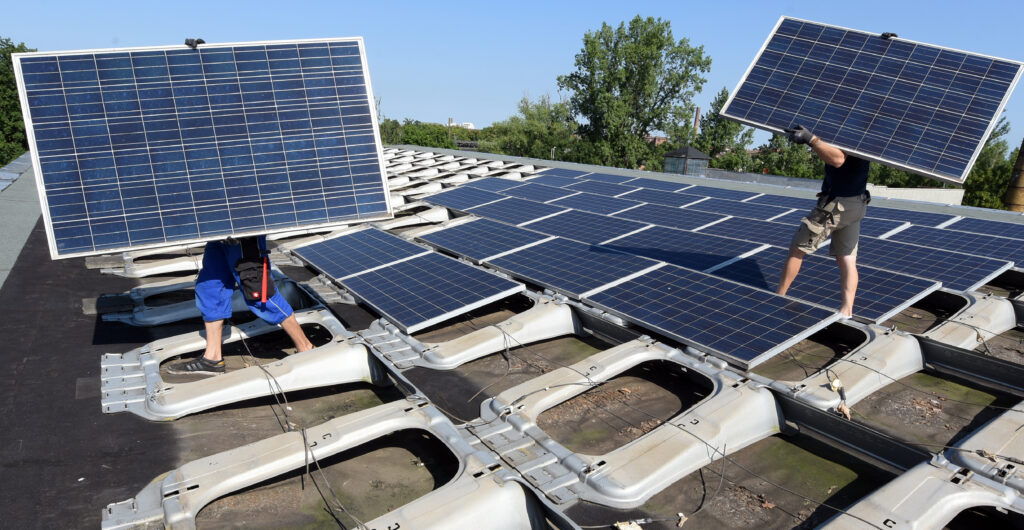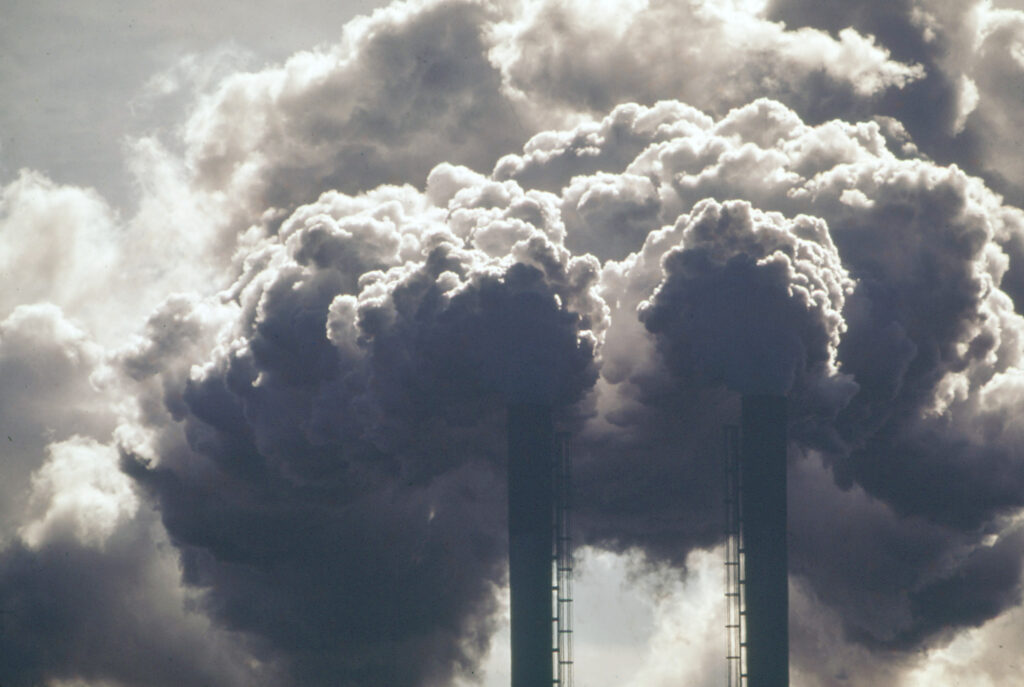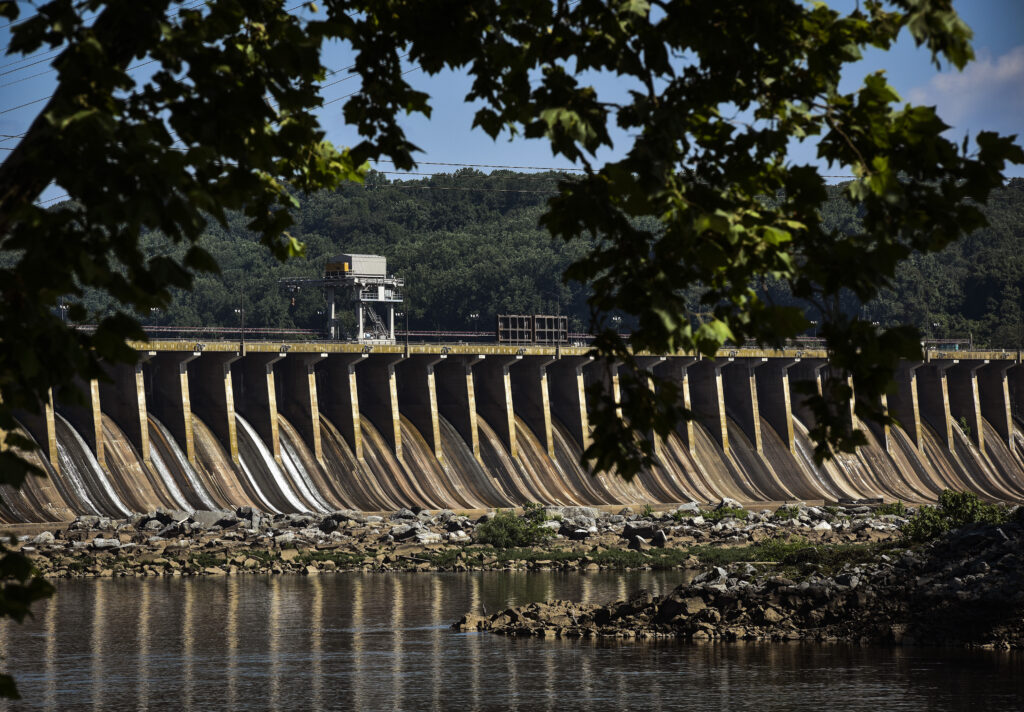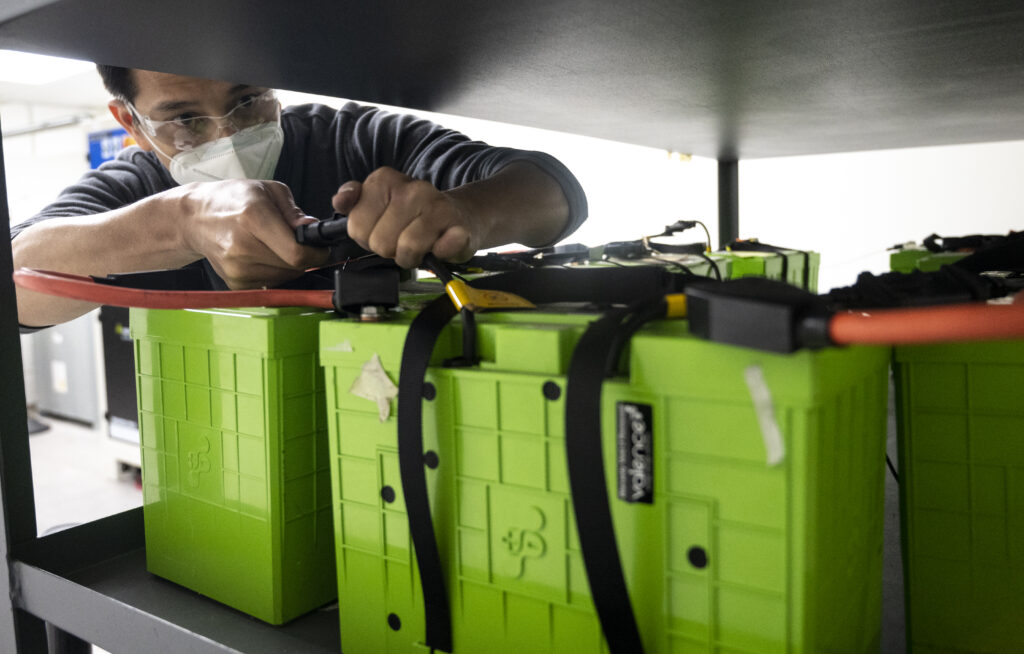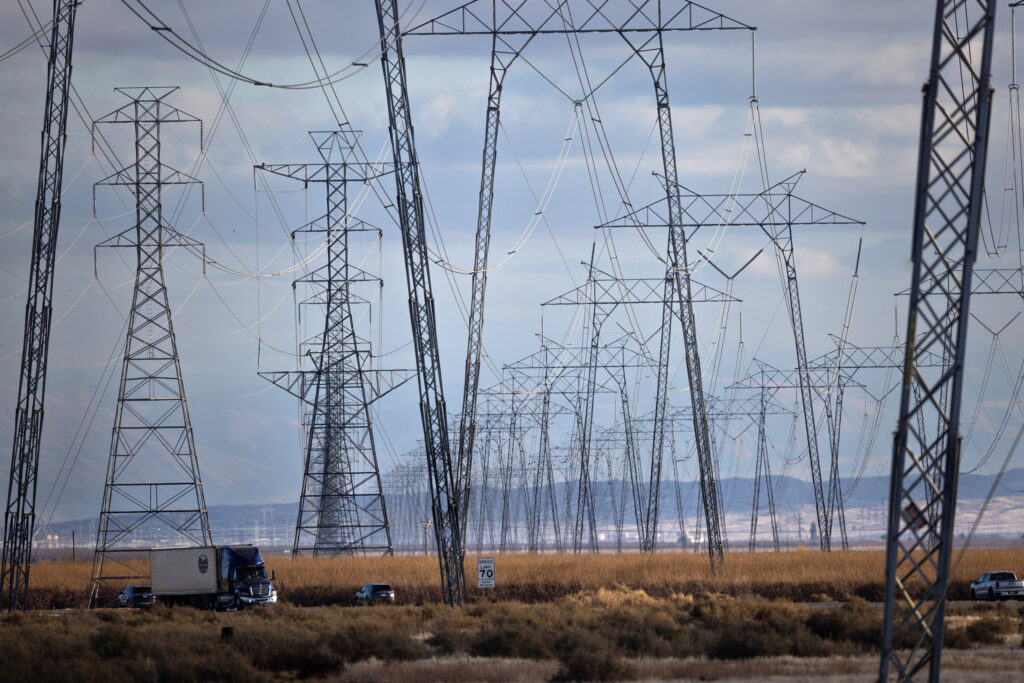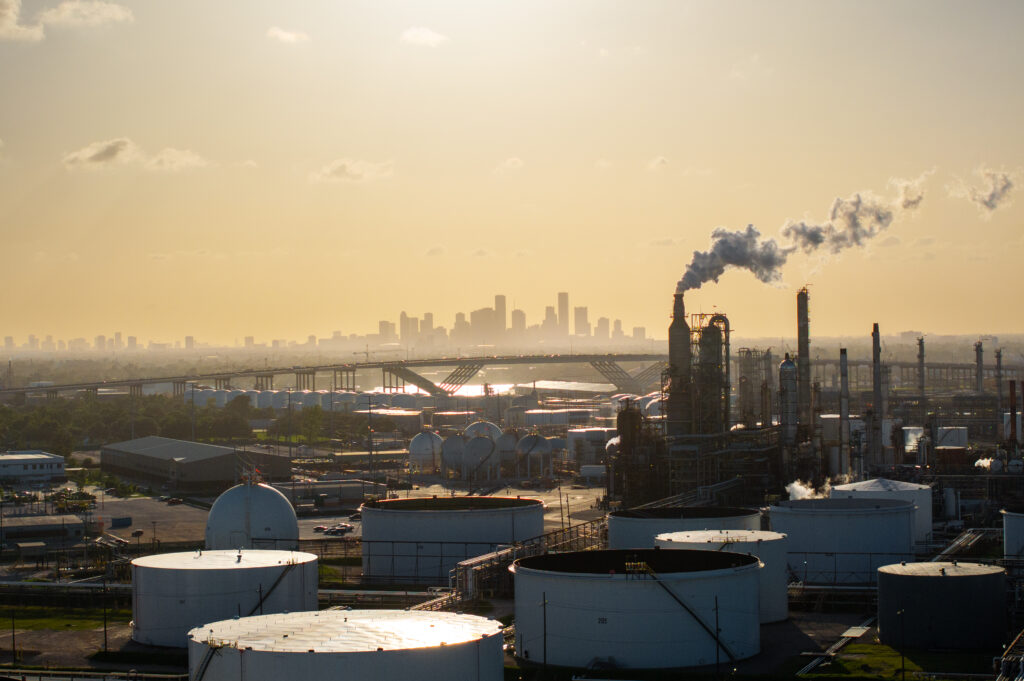SAVANNAH, Ga.—What happens when a solar panel dies?
The vexing question hung last week over the Solar Energy Industries Association (SEIA) sustainability conference, the first of its kind for the nonprofit representing America’s solar industry.
According to the International Energy Agency, up to 78 million tons of solar panels are expected to retire around the world by 2050, the largest waste stream of any clean-energy technology in history. Dubbed the “solar waste tsunami,” the wave of these retirements is projected to accelerate through the 2030s and 2040s as the first generation of large-scale solar farms reaches the end of its life.
To get ahead of this looming waste crisis, the Environmental Protection Agency announced in 2023 that it would craft a new rule to reclassify retired solar panels as “universal waste,” a category for materials that need specialized handling, like batteries, pesticides and mercury-containing devices.
“This change in the Resource Conservation and Recovery Act regulations, once finalized,” should benefit the wide variety of establishments generating and managing solar panel waste by providing a clear, practical system for handling discarded solar panels,” the EPA said.
The rulemaking was supposed to begin in June 2025 and be completed by December 2026, according to the EPA’s policymaking timetable in the Federal Registry.
“They were supposed to come out with this proposed rulemaking in June of this year, but we didn’t see that yet,” Anna Weitz, a clean energy engineer with the North Carolina Clean Energy Technology Center, said during a panel discussion on national and local policy on solar panel decommissioning. The technology center tracks policies on solar panel waste.
Asked for comment, the EPA said in an email that it has revised its rulemaking calendar to start in February 2026 and finish by August 2027.
The delay leaves the U.S. without a federal framework for managing millions of tons of panels nearing the end of their 25- to 30-year lifespans.
Read More

At a Solar Energy Conference, the Star Is … the Soil?
By Rambo Talabong
To understand why solar panel decommissioning and recycling matters and how it works requires knowledge of the materials involved. A solar panel is mostly glass (about 70 to 80 percent), with 10 percent aluminum, 10 percent polymers and a small but valuable mix of silver, copper, tin and lead. To recycle them, those layers have to be painstakingly separated.
Decommissioning is the process of dismantling and disposing of panels that have reached the end of their lives and ensuring the sites they occupied are left safe and stable. Ideally, recycling is part of that process, allowing valuable materials inside the panels to be recovered rather than discarded.
Glass can be reused for new panels or bottles. Silver and copper can be melted down and sold. But lead and other heavy metals are toxic, requiring careful extraction and disposal to prevent leaching into soil or groundwater.
“Solar panels aren’t just an installation, where you leave them and forget them. We have end-of-life solutions that are responsible, that are well thought out, that are … a very attractive business,” said Adam Sokolski, the policy director at EDF Renewables North America, the clean energy subsidiary of the France-owned utility giant.
So far, 35 states have adopted some form of solar decommissioning or waste policy, according to a tracker managed by the N.C. Clean Energy Technology Center. Of them, less than 10 have policies to recycle the retiring panels.
The remaining 15 states, including solar powerhouses Florida and Arizona, still have no statewide rules for retiring of panels. In those places, unless local governments act, most retired panels end up in landfills, where their valuable metals are lost and their toxins can leach into the environment.
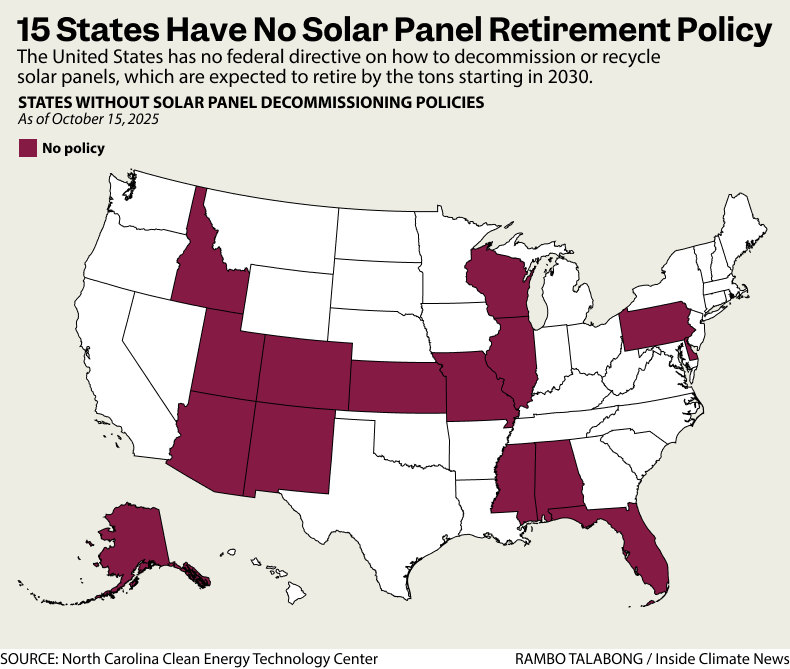

New Jersey is one of the few states where both state and local governments oversee solar projects. Its Right to Farm Act requires that projects on farmland include decommissioning as part of their conservation plans, filed with the local soil conservation district. In the Pinelands reserve, developers must add a similar plan to their landscaping proposal. The state doesn’t require funds to be set aside for cleanup, but local governments may.
The demand to properly recycle or dispose of these expired panels has led to a nascent but growing industry of solar panel recyclers, mostly third-party companies that solar companies contract to handle the recycling and disposal process. Many of the recyclers gathered here at the solar industries conference, wanting consistent guidance on how to do their jobs.
Without federal regulations, states have been forced to go their own way, with recyclers following “inconsistent” rules, said Weitz.
“The goal of policy is to establish a level of certainty,” said Connor Hogan, chief financial officer of solar recycling company OnePlanet.
To create stable demand, many of these recyclers want states and local governments to pass a baseline policy of enforcing landfill bans, which would forbid developers from throwing expired solar panels away and instead seek out recycling firms.
This story is funded by readers like you.
Our nonprofit newsroom provides award-winning climate coverage free of charge and advertising. We rely on donations from readers like you to keep going. Please donate now to support our work.
Donate Now
A solar decommissioning policy widely panned by the industry was Washington State’s 2017 Photovoltaic Module Stewardship and Takeback Program, which required manufacturers to submit a “stewardship plan” detailing how they would finance and manage the collection and recycling of solar panels sold in the state or risk being barred from the market.
The rule drew strong backlash from the solar industry, which argued the requirements were unclear, burdensome and premature given the lack of recycling infrastructure. The state senate amended the law to delay enforcement to 2030.
Only California and Hawaii have formally reclassified solar panels as universal waste, giving them a clear path for collection and recycling.
For communities, particularly those near large solar farms or waste sites, the absence of federal standards means less oversight of where panels go once decommissioned, raising environmental justice concerns over toxic exposure and missed economic opportunities like job creation from recycling.
The Trump administration has shown little appetite for advancing new federal rules on solar-panel waste; instead, its broader environmental agenda has focused on deregulation, rolling back climate mandates and cutting support for clean energy programs.
In the European Union, solar panels fall under the Waste Electrical and Electronic Equipment or the WEEE Directive, which makes manufacturers financially responsible for collecting and recycling panels. Since 2018, EU member states were required to recover 85 percent and recycle 80 percent of panels. Untreated panels are banned from landfills.
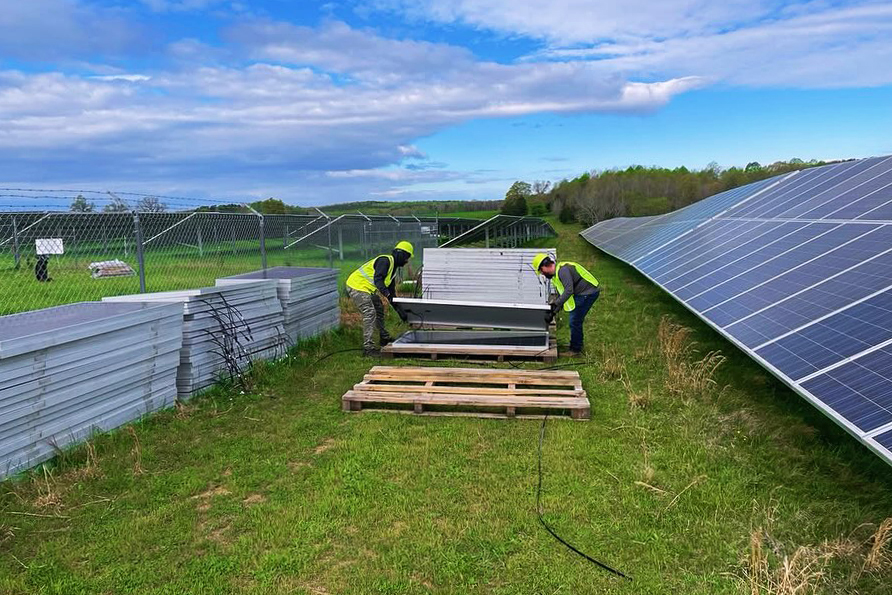

Industry-led groups like PV Cycle manage takeback systems across Europe, making the EU the world’s most advanced region in solar panel waste regulation.
Zooming out, solar waste is still dwarfed by waste from coal and fossil fuel energy. A Nature Physics paper called solar panel waste “a drop in the ocean” compared to the vast quantities of coal ash, mine tailings and billions of gallons of toxic produced water generated by fossil fuel industries. According to the paper’s estimate, cumulative solar panel waste through 2050 will reach between 54 million and 160 million metric tons, while coal ash alone would be 300 to 800 times greater and oily sludge from crude oil 2 to 5 times larger.
“In fact, we globally produce and manage approximately the same mass of coal ash per month as the amount of [solar panel] module waste we expect to produce over the next 35 years,” the paper’s authors said.
About This Story
Perhaps you noticed: This story, like all the news we publish, is free to read. That’s because Inside Climate News is a 501c3 nonprofit organization. We do not charge a subscription fee, lock our news behind a paywall, or clutter our website with ads. We make our news on climate and the environment freely available to you and anyone who wants it.
That’s not all. We also share our news for free with scores of other media organizations around the country. Many of them can’t afford to do environmental journalism of their own. We’ve built bureaus from coast to coast to report local stories, collaborate with local newsrooms and co-publish articles so that this vital work is shared as widely as possible.
Two of us launched ICN in 2007. Six years later we earned a Pulitzer Prize for National Reporting, and now we run the oldest and largest dedicated climate newsroom in the nation. We tell the story in all its complexity. We hold polluters accountable. We expose environmental injustice. We debunk misinformation. We scrutinize solutions and inspire action.
Donations from readers like you fund every aspect of what we do. If you don’t already, will you support our ongoing work, our reporting on the biggest crisis facing our planet, and help us reach even more readers in more places?
Please take a moment to make a tax-deductible donation. Every one of them makes a difference.
Thank you,



